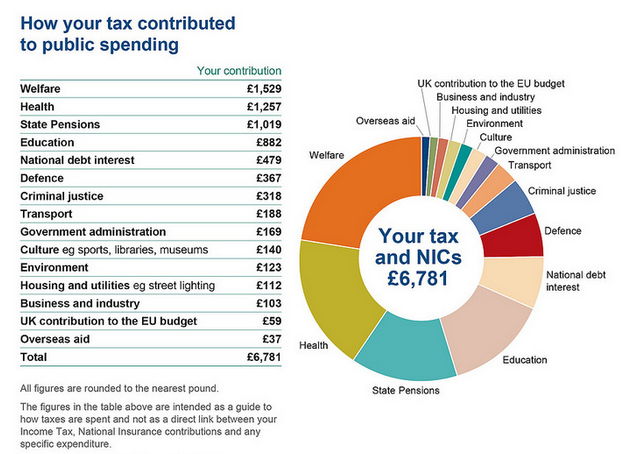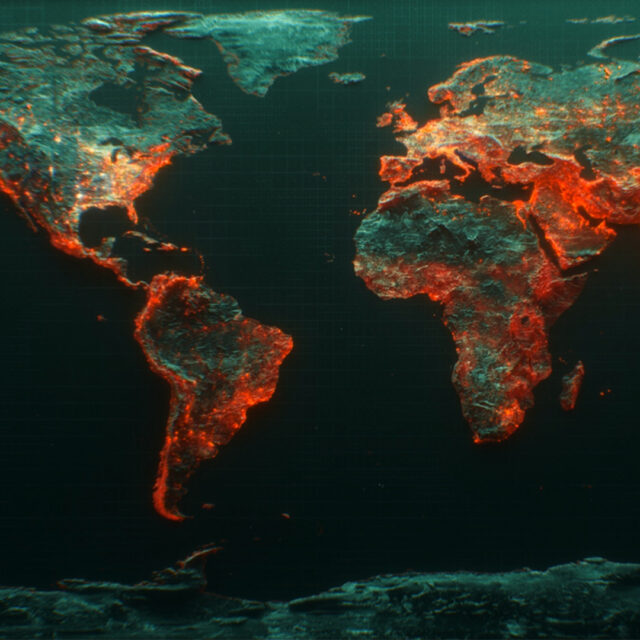Last week, the UK Government announced that 80% of British taxpayers will receive an income tax statement later this year which will illustrate how the government uses it, from defence spending to education to overseas aid.
Here’s an example of the statement for someone earning a salary of £30,000.

Image: HM Treasury
For many, it will be the first time they see exactly where those pounds go. In the example above, someone earning £30,000 will contribute just £37, or 0.5%, to overseas aid. And as this video shows, people consistently over-estimate the amount of the national budget that is spend on aid.
We hope these tax statements will put the tiny amount that we each pay towards overseas aid into perspective. It’s the smallest portion of the pie, yet it does an huge amount of good.
Just last year, the Department for International Development (DFID) gave nearly 20 million people access to clean water, ensured 1.6 million births took place safely and put nearly 6 million children in primary school. It supported multilateral organisations like GAVI, which vaccinated 46 million children against preventable diseases, as well as the Global Fund to Fight AIDS, Tuberculosis and Malaria, which detected and treated 1.1 million cases of tuberculosis.
This is also a win for tax transparency. We’d love to see this kind of information available in all countries, including developing ones. This data is vital for enabling citizens to see how their governments spend their money, and campaign for changes if they think it should be spent differently.
If you are in the UK, look out for your tax statement around October this year. And if you want to know exactly whrere your tax goes right now, download this free App.



